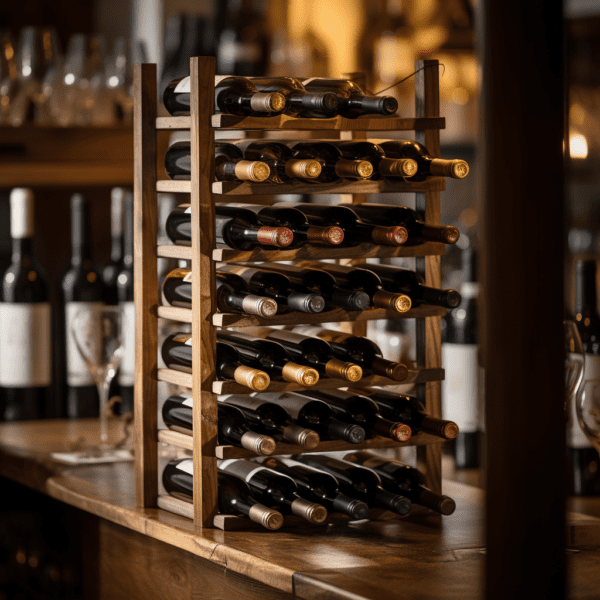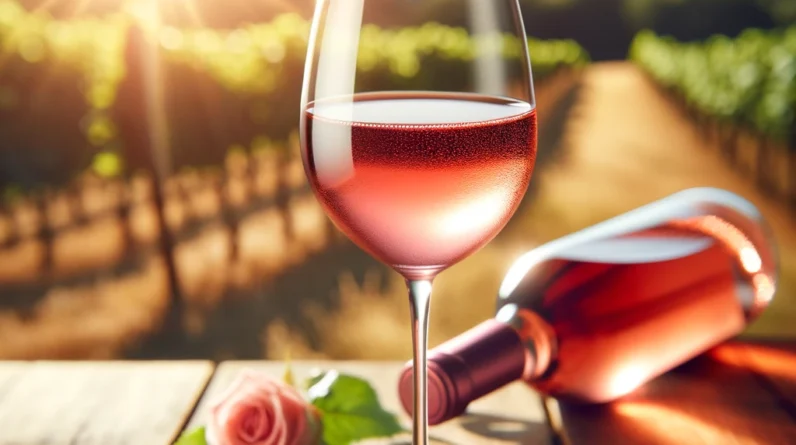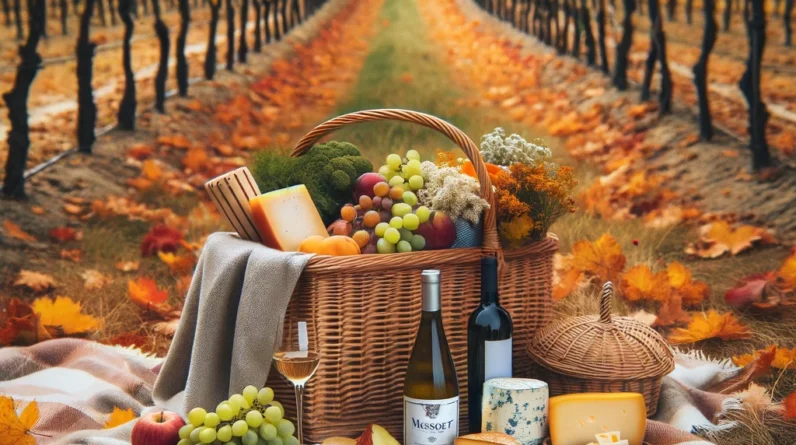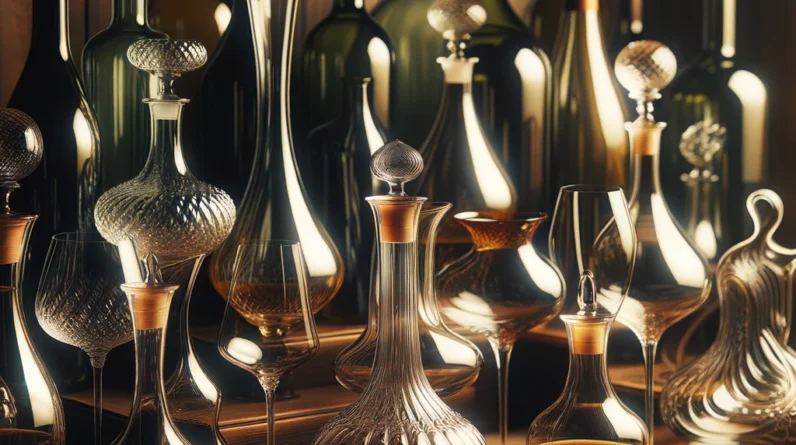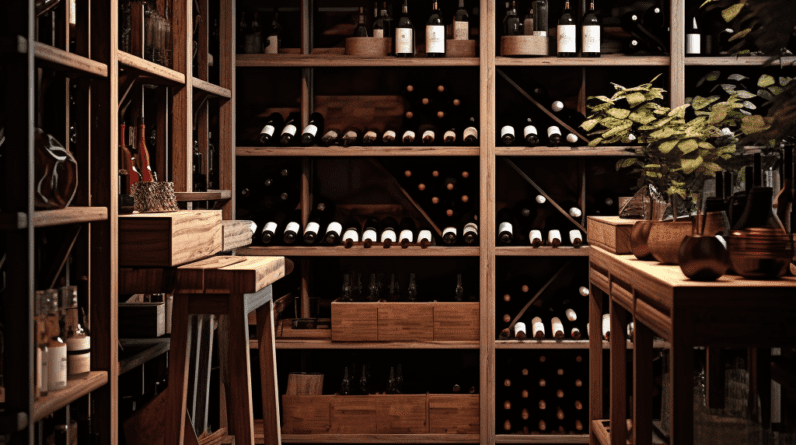
Introduction to Wine Storage
Have you ever pondered the significance of wine storage?
Storing that precious bottle isn’t just about finding a spot in the pantry.
It’s about the very soul of the wine.
You see, wine is alive.
It breathes, it evolves.
And the way you store it?
That plays a pivotal role in its evolution.
The significance of wine storage
Imagine buying an exquisite bottle of wine.
You’re ecstatic.
But if you just toss it in a cupboard and forget about it?
That elation can quickly turn to disappointment.
Proper storage isn’t just for the avid collector.
It’s for anyone who enjoys the symphony of flavors in a well-aged wine.
How the environment affects wine’s evolution and quality
Your wine is sensitive.
Think of it as a delicate flower.
Put it in the wrong environment and it wilts.
But find the right balance? It thrives.
The Five Major Enemies of Wine
Temperature: The crucial balance
Too hot or too cold, and your wine suffers.
A temperature roller coaster can spoil even the finest bottle.
Heat, especially, can irreversibly turn your wine into vinegar.
Humidity: The moisture balance
Your wine’s cork is like its shield.
But it needs the right amount of humidity to stay effective.
Too dry? The cork shrivels.
Too humid? Hello, moldy cellar.
Aim for a balance.
Somewhere between 50 to 80% is your sweet spot.
Light: Guarding against UV rays
Ever heard of a sunburned wine?
Excessive sunlight can do just that, altering its structure and flavor.
Dark bottles offer some protection.
But the best strategy?
Keep it away from direct sunlight.
Position: Minimizing movement
You might think wine loves to dance.
It doesn’t.
Excessive movement can alter its molecular structure.
And trust us, a shaken wine doesn’t have the same charm as a shaken martini.
Odors: Wine’s susceptibility to external scents
Be wary of strong odors around your wine.
It can absorb them, affecting its aroma and taste.
A good rule of thumb?
Store wine away from strong-smelling items.
Short-term Wine Storage Tips
Characteristics of wines meant for early consumption
Some wines aren’t meant for the long haul.
They’re young, vibrant, and best enjoyed sooner than later.
Best practices for everyday wine storage
A dark space, with balanced humidity, and cool temperature – that’s where your wine feels at home.
A countertop or pantry works wonders.
And if it’s for a short time, even your fridge can play host.
Insights on using the refrigerator for short-term storage
A refrigerator is good for short stints.
But remember, too cold for too long isn’t ideal.
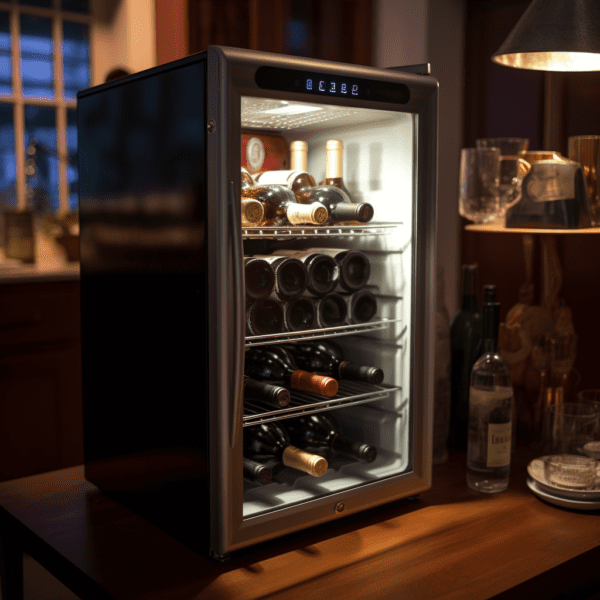
Storing Opened Bottles of Wine
The risks associated with exposure to oxygen
Once opened, wine begins its race against time.
Oxygen is its nemesis.
The longer it’s exposed, the quicker it loses its essence.
Best practices to minimize wine spoilage after opening
Open, pour, and reseal.
It’s simple but effective.
If you can, invest in a vacuum pump.
It keeps your wine fresh for longer.
Long-term Wine Storage Solutions
The benefits of wine refrigerators
They’re not just a fancy accessory.
Wine refrigerators offer the perfect environment for long-term storage.
No odors, balanced humidity, and perfect temperature.
Showcase and storage with wine racks
Not just a decorative piece, wine racks ensure your bottles are stored in the correct position, keeping the cork moist and the wine happy.
FAQ
Q: Can I store white and red wines together?
A: Absolutely! Aim for a temperature around 55°F for both.
Q: How long can I store an opened bottle of wine?
A: With a good seal or vacuum pump, up to 3-5 days.
Without it, try to consume within 1-2 days.
Q: Do I need to invest in a wine refrigerator?
A: It depends on your consumption and storage habits.
If you’re a casual drinker, maybe not.
But if you’re collecting and aging wines, it’s worth considering.
Resources:


